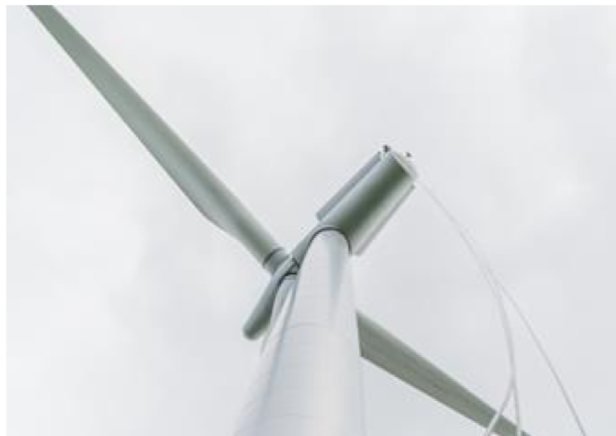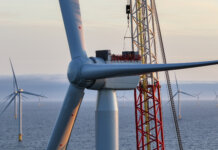Driven by support from various governments, wind energy has grown rapidly since 2000. As a result, global lubricant demand in the wind energy industry has increased in line with the growth in total installed wind energy capacity. From 2008 to 2019, the global wind energy installed capacity grew at a CAGR of 16.6%, and lubricant consumption grew by a CAGR of 13%, according to Kline’s recently published Lubricants for Wind Turbines: Global Market Analysis and Opportunities study.
As the industry matures, governments are phasing out monetary incentives and emphasizing supporting legislation such as renewable energy targets, grid priority and land allocations. In the aftermath of the COVID-19 pandemic, government policies to jumpstart economies will put more pressure on finances; this may accelerate the phasing out of monetary incentives. The industry will have to learn to stand on its own.
Currently, OEMs are experiencing tough market conditions due to the phase-out of subsidies. Senvion, a German wind turbine manufacturer, filed for bankruptcy in April 2019. Nordex recently announced a merger with the Spanish renewable energy company, Acciona Windpower. In emerging markets, Suzlon – the largest OEM in terms of cumulative capacity installed in India – is now on the brink of bankruptcy. The capital expenditure of wind power projects has also dropped by 10% to 15% after the transition from feed-in tariffs to reverse auctions.
The wind energy sector is dominated by a few global players, and OEM ties are increasingly important. The supply base for lubricants used in wind turbines is also largely consolidated in the hands of a few key companies. Global majors such as Castrol, ExxonMobil and Shell are present in almost all markets. The study shows that Castrol is the global leader in the lubricants market for wind energy with a supply footprint covering all major regions.
“To succeed in this business, suppliers need to have a proven track record of products meeting OEM’s performance requirements, the ability to demonstrate cost savings and OEM tie-ups,” says Milind Phadke, vice president of energy at Kline.
“Castrol leads the market due to a strong product portfolio and tie-ups with such OEMs as Vestas and Siemens Gamesa, giving the company access to their first-fill and warranty fill business. This gives Castrol a strong position in Europe, North America, and India, along with a global leadership position,” he adds.
Despite the reduction in government support, the wind energy sector continues to receive support. Germany is likely to support local OEMs – Siemens Gamesa, Enercon and Nordex – which have a strong global footprint. Governments are unlikely to withdraw complete support for the wind energy industry, as this will be difficult politically. However, they may reduce their support by decreasing the quantum of subsidies that they currently provide. Monetary subsidies will be replaced with favorable legislation (as in Germany), such as renewable energy targets, grid priority and land allocations.
As per the GWEC outlook for spring, new installations should grow at a CAGR of 4.1% – from 60.4 GW in 2019 to 73.4 GW in 2024. As a result, total installed wind energy capacity is estimated to grow at a CAGR of 9.1% over the forecast period to reach 1,005 GW by 2024 from 650.1 GW in 2019. While not as strong as in previous years, the growth in new installations will continue to drive growth in the lubricants market. Besides the growth, other factors, including green image and high-margin business for lubricant marketers, will attract lubricant suppliers.
Photo: Kline’s Lubricants for Wind Turbines: Global Market Analysis and Opportunities study




